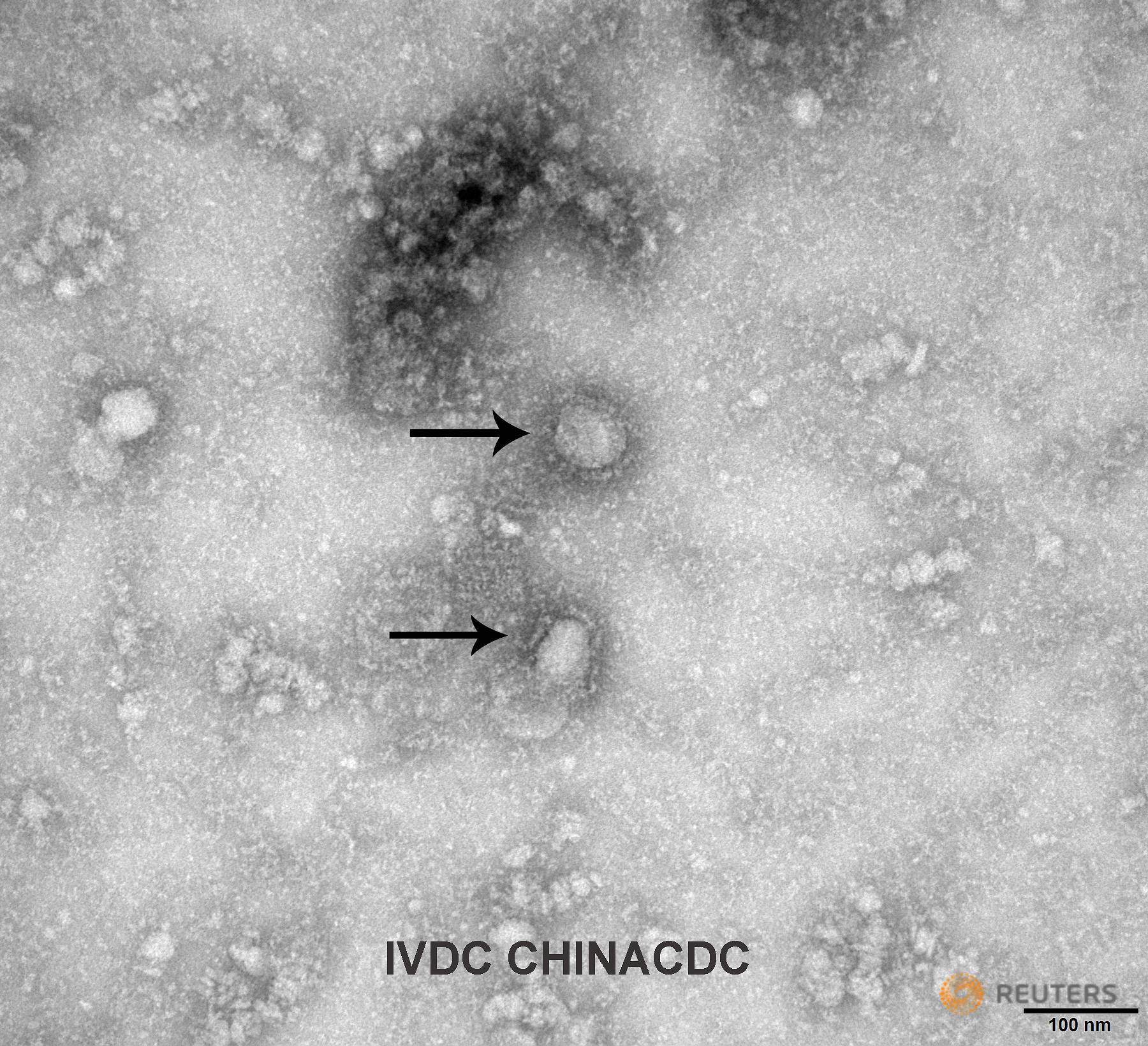SINGAPORE: COVID-19 patients who were discharged from hospitals or the National Centre for Infectious Diseases (NCID) have fully recovered and are not a threat to the community, said the Ministry of Health (MOH).
The ministry’s director of medical services Kenneth Mak explained during a briefing on Thursday (Feb 27) that patients undergo several tests before they are discharged.
These patients are “not a threat as far as transmitting any infection is concerned”, he told reporters at a briefing.
As of Thursday, 66 of the 96 confirmed cases in Singapore have fully recovered and have been discharged.
READ: 3 new COVID-19 cases in Singapore, including 12-year-old student from Raffles Institution: MOH
READ: Raffles Institution, MOE Language Centre (Bishan) to suspend classes for a day after student tests positive for COVID-19
TESTS TO ENSURE FULL RECOVERY
During the briefing, questions were asked about a Japanese woman who was confirmed to have the coronavirus a second time weeks after being discharged from hospital.
A spokesperson from MOH said they were gathering information from Japanese authorities about the case.
When asked about MOH’s discharge criteria, Assoc Prof Mak said there are similarities with China’s in that patients undergo consecutive Polymerase Chain Reaction (PCR) tests to ensure they no longer carry the virus.
The PCR tests detect the presence of viral generic material in a patient’s biological sample.
Discharged COVID-19 patient Mrs Zhang (fourth from left) with NCID staff. (Photo: Ministry of Health/Mrs Zhang)
Doctors conduct the tests using sputum samples or nasal or throat swabs, depending on the symptoms presented by the patient.
They may also do other swab tests, including on the patient’s urine or faeces.
“In fact, in one patient they even tested breast milk, in order to be absolutely assured that the mother, who was a patient, didn’t in fact have any virus shedding in any of these fluids,” Assoc Prof Mak said.
“The doctors of NCID and the other hospitals have assured me that they have been quite disciplined and meticulous in checking, doing these tests and to make sure that all these tests on consecutive days are negative before they are assured that the patient is fit for going home.”
Patients’ clinical symptoms, which include coughing and sneezing, are resolved so there is “no further concern”.
READ: From intensive care to recovery – Singaporean woman who wondered if she was dying from COVID-19 pays tribute to her medical team
“THEY ARE NOT A THREAT”
When asked about China’s use of CT scans before discharge, Assoc Prof Mak said doctors have debated about looking at imaging of lungs, as in China.
He said that in other types of lung diseases, it is “quite well known” you can see signs of the disease in X-rays or CT scans that may last “quite a number of days and weeks” even after the patient has made a full recovery.

A Transmission Electron Microscopy image of the first isolated case of the coronavirus, as obtained by Reuters on Jan 27, 2020. Courtesy of IVDC. (Photo: China CDC via GISAID/Handout via REUTERS)
“So they have made the decision that they would consider if necessary doing these imaging tests, but they don’t necessarily do these tests on every single patient,” he explained.
There is currently a process for calling back discharged patients for further reviews if needed. This is to “further assure themselves, the patient as well as the public” that these patients are well and have “fully eradicated” the infection.
“So all the patients who are discharged from our hospitals including NCID, the assurance is they have fully recovered from the infection, they are not shedding any further virus, they are not a threat as far as transmitting any infection is concerned.”
READ: Japanese woman confirmed as COVID-19 case for 2nd time, weeks after initial recovery
DISCHARGED PATIENTS TOLD TO STAY AT HOME
Assoc Prof Mak said discharged patients are recommended to stay at home and to avoid crowded places.
When asked why China requests discharged patients to stay home for 14 days, the director said the main reason was because many of these patients may still be weak after recovering from the infection.
“This is really a precaution to make sure they don’t get any other infections in this situation when they are regaining their strength … recovering into full health,” he added.
He said it is “not necessarily because there is a fear that they continue to be infectious”, but that they do not catch any secondary infections while they are recovering.
A person may be fully cured from the infection and show no signs of active viral shedding, but there may be “viral fragments … for periods of time in some secretions”, including a patient’s faeces.
None of the faecal tests in Singapore have shown this evidence, he said, adding that it is a phenomenon that is known in other viral infections.
READ: ‘I thought I had the common cold’: Singapore’s second coronavirus patient on her experience
“But when you actually find some influence of viral fragments, it doesn’t necessarily imply that this is an active infection still brewing in that particular person, and in fact they may not be at risk of spreading and infecting other people at home as well,” Assoc Prof Mak explained.
While there is still “a lot to be learnt” about COVID-19, Singapore’s clinicians and international experts are of the view that a patient has recovered fully if their secretions test negative for the virus.
“The likelihood of infecting any other person subsequently is, in fact, extremely low,” he added.
BOOKMARK THIS: Our comprehensive coverage of the novel coronavirus and its developments
Download our app or subscribe to our Telegram channel for the latest updates on the coronavirus outbreak: https://cna.asia/telegram




